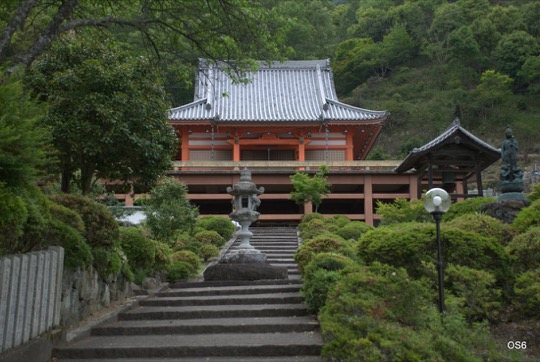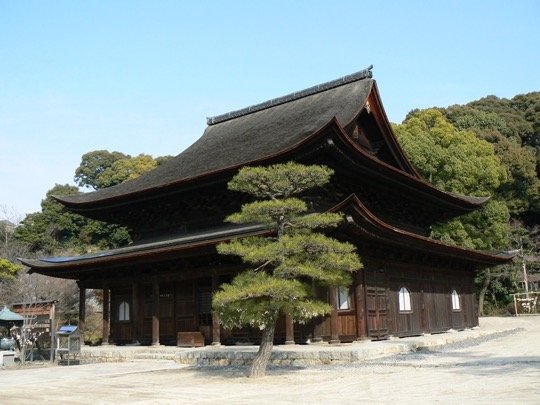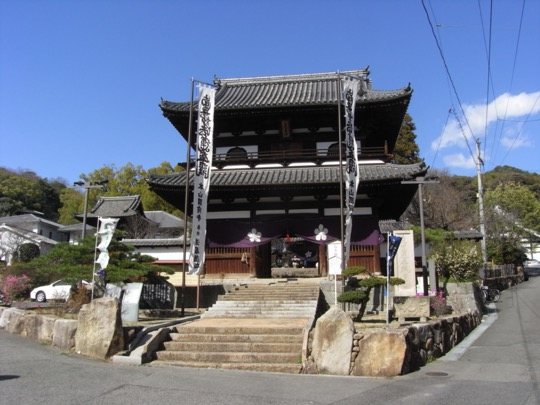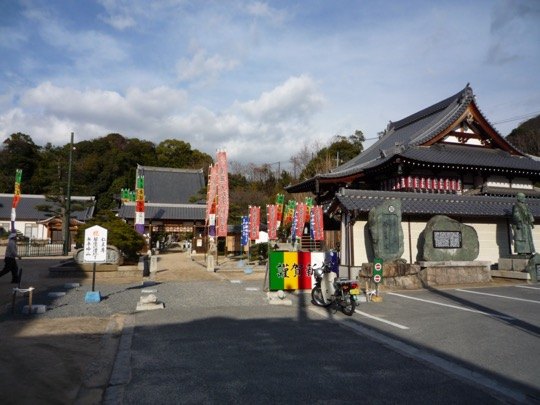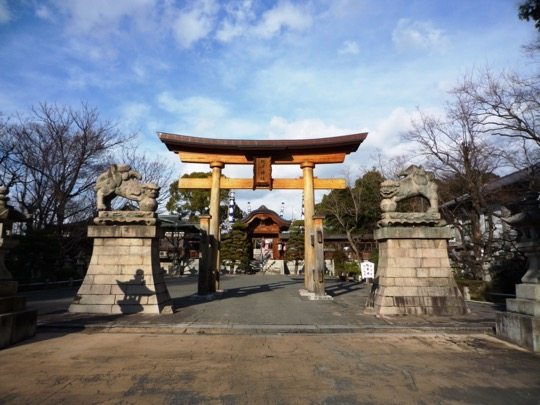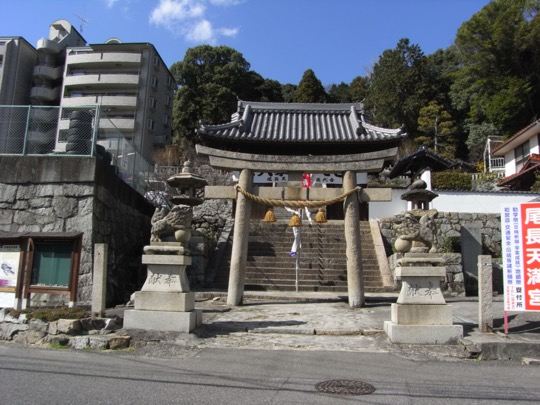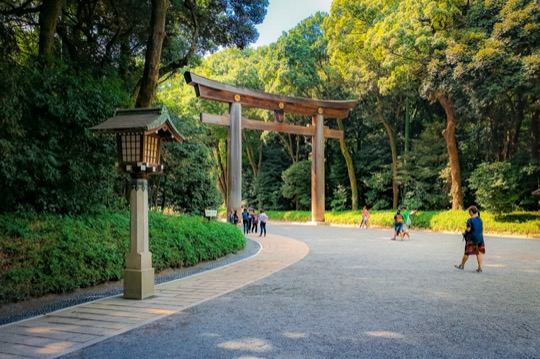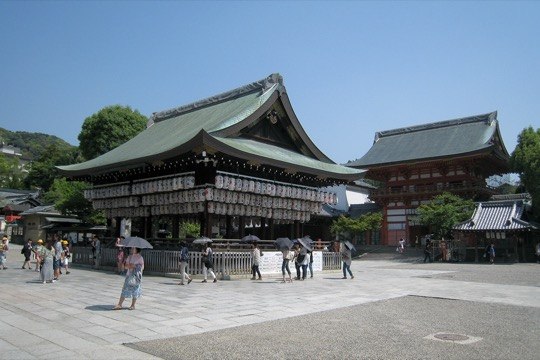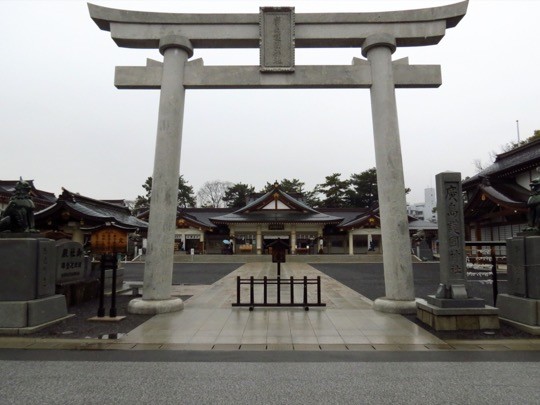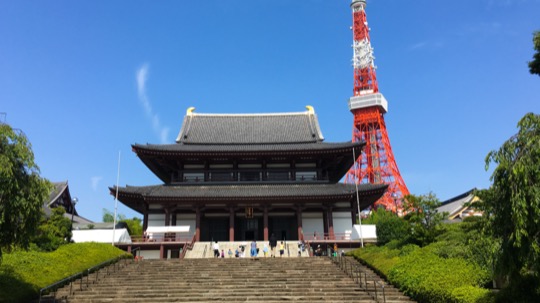Tsuruhane Shrine
A historic sanctuary dating back to 1190 with a rich tapestry of cultural heritage.

On This Page
Tsuruhane Shrine, situated amidst the greenery of Hiroshima, is a site steeped in history and spiritual tradition. Established in 1190, it has endured through war and disaster, symbolizing cultural heritage and religious practice in Japan.
Tsuruhane Shrine, or Tsuruhane Jinja, is a significant historical landmark spanning over 900 years. Founded in the Heian period in 1190, by Ikeda Saemon, a retainer who was fulfilling the last wishes of Ayame-no-mae. Initially named for the Japanese zelkova trees used in its construction, the shrine is a local cultural anchor.
The shrine has faced challenges, including a fire during the Kyoho era and decline due to conflict. Resilient, it was restored and maintained near Jingū Shrine in 1835. During the Meiji era, the shrine’s name changed to Tsuruhane Hachimangu and then to Tsuruhane Shrine in 1872, reflecting its location near the crane-shaped Futabayama.
The atomic bombing of Hiroshima on August 6, 1945, led to the destruction of its original buildings. Rebuilt after the war, the shrine preserves artefacts such as the stone torii gate, stone taikobashi, stone lanterns, and a hand-washing fountain, along with several A-bombed trees.
Within the complex, Shiinoki Inari Shrine represents the fusion of the Asazakura Shrine with the local deity Jisūdaigami, renamed following the reconstruction after the atomic bombing.
Tsuruhane Shrine is dedicated to the Hachiman gods: Emperor Ōjin, his mother Empress Jingū, and his wife Himegami. It also venerates Benzaiten, one of the Seven Lucky Gods, associated with the prosperity of the nearby Futabayama.
Visitors engage in practices like making wishes or obtaining omamori for blessings and protection amidst the shrine’s greenery. The architecture connects them to the past, while remnants from before the atomic bombing provide a link to the shrine and Hiroshima’s resilience.
Tsuruhane Shrine continues as an active place of worship and a testament to Japan’s spiritual heritage and the enduring spirit of Hiroshima.
Official Links
Getting There the easiest way to reach Tsuruhane Shrine
Around Tsuruhane Shrine
Nearby in Hiroshima the best attractions close to Tsuruhane Shrine
Anrakuji Temple
Survivor of Hiroshima’s darkest day, home to a centuries-old ginkgo sentinel
Fudoin Temple
Historic Shingon Buddhist temple in Hiroshima with deep cultural ties
Hiroshima Toshogu Shrine
Enshrining Tokugawa Ieyasu, the founder of the Tokugawa shogunate
Ikari Shrine
A historical shrine dedicated to a notable Edo period lord and a sea deity, surrounded by Hiroshima’s cherry blossoms.
Kokuzenji Temple
A sanctuary with a rich past and cultural treasures
Myojoin Temple
A site of heritage, featuring the Akou gishi statues and a historic ginkgo tree.
Nigitsu Shrine
Honoring Hiroshima’s Founding Lords: The Asano Clan and Their Enduring Legacy
Onaga Tenmangu Shrine
A beacon of cultural devotion surviving since 1640.
Yatsurugi Shrine
17th-century shrine with a unique flood-prevention legend involving eight swords
